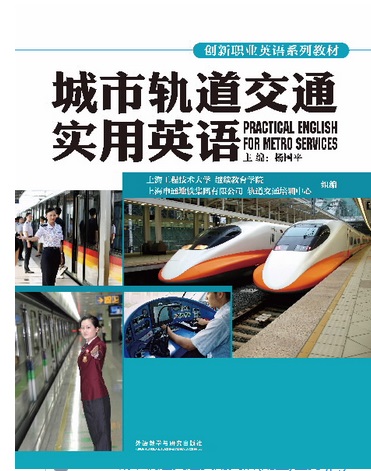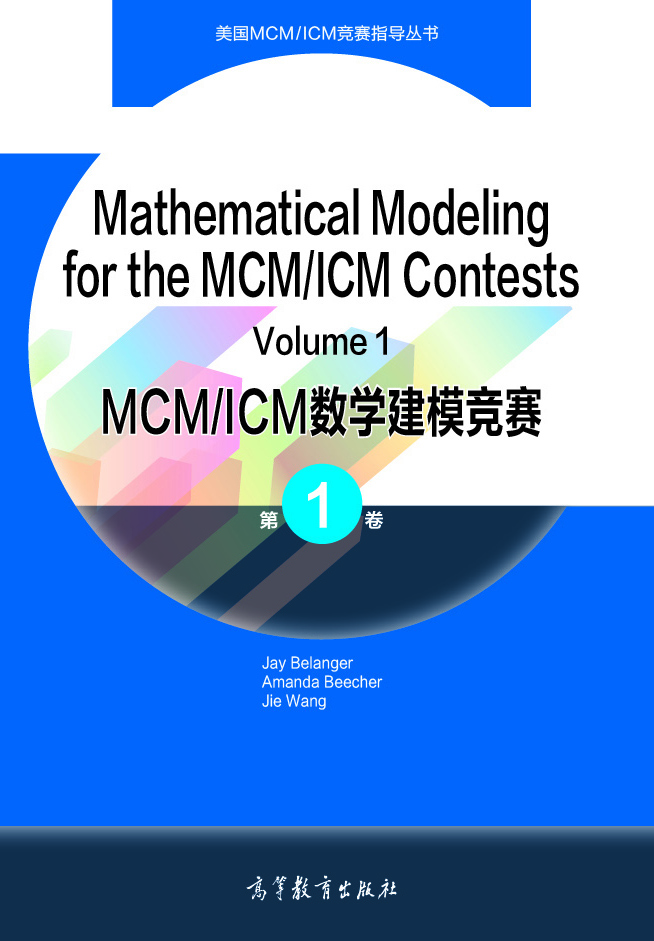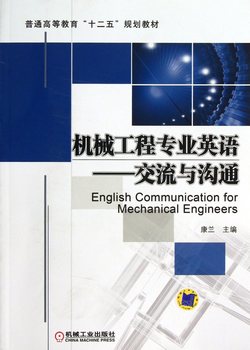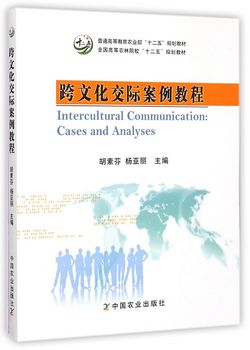中国中等职业教育英语语言能力的需求分析:混合方法探究
作者: 赵雯
出版时间:2013-01-04
出版社:高等教育出版社
- 高等教育出版社
- 9787040351316
- 1
- 242175
- 平装
- 16开
- 2013-01-04
- 578
- 460
- 文学
- 外国语言文学
了解学习者的语言学习需求和他们参与语言学习的动机对于课程的开发极为重要。《中国中等职业教育英语语言能力的需求分析:混合方法探究》对中国大陆中等职 业学校学生的英语语言能力的需求分析进行了较为详细的描述与解释。《中国中等职业教育英语语言能力的需求分析:混合方法探究》采取了量化与质化相结合的混 合研究方法,通过采用多种资讯来源和多种不同的方法来收集资料,进行需求分析。本书收集的数据资料包括:(1)对某市三所职业学校700名左右参与者的调 查研究;(2)对三所职业学校大约20小时的录音与非录音的课堂观察,对三所职业学校6名教师和23名学生的系列访谈,以及对2名教研员、6名职业学校的 毕业生和一名外企总经理的系列访谈;(3)对教育部2009年新颁布的《中等职业学校英语教学大纲》的文本分析和对中等职业学校目前所采用教材的分析。
来自多个管道和透过多种方法所获取的资讯通过采用目标情境分析和目前情境分析来找出所存在的需求差距,并对所发现的需求按照对学习者学习的优先性来进行 排序,然后对造成差距的原因进行进一步的探究与解释,最后对中等职业教育情境下的未来职业英语课程的实施提出了建议。本书的成果显示学生总体的语言学习动 机低,语言能力不足,学生的语言能力在学习者的学习、教师的教学、学校所提供的学习资源和设备等三个方面均存在需求缺欠,学习者的学习动机与语言能力之间 存在著正相关,除动机这一主要因素外还有许多因素导致了学习者目前语言能力的缺欠。本书的成果对各种不同层次开发和设计语言课程的教育工作者和研究人员, 尤其是从事职业教育的教师、课程开发人员和研究人员,都具有一定的参考价值。
List of Figures
List of Tables
Abbreviations
Chapter 1 Research Background
1.1 Introduction
1.2 Background to the Study
1.2.1 Vocational Education in the mainland of China
1.2.2 Curriculum Structure
1.2.3 The New National Vocational English Syllabus
1.2.4 Vocational English Learners
1.2.5 Research into Language Competences
1.3 Research Purpose
1.4 Research Questions
1.5 Definitions of Key Terms
1.6 Research Significance
1.7 Summary
Chapter 2 Literature Review: Language Competences
2.1 Introduction
2.2 Competence and Competence-Based Education in China
2.2.1 Competence — Towards a Unified Terminology
2.2.2 Perspectives of Competence
2.2.3 Competence-Based Vocational Education
2.3 A Competence-Based Typology
2.3.1 Generic KSA Typology
2.3.2 A Unified Typology of Competence
2.4 Language Competences
2.4.1 The Development of Communicative Competence in North America
2.4.2 The Development of Communicative Competence in Europe
2.5 Language Competences in the New NVES
2.5.1 Structural Components
2.5.2 Language Competence Dimensions in the New NVES
2.6 Summary
Chapter 3 Literature Review: Needs Analysis
3.1 Introduction of NA
3.2 Conceptualization of Needs
3.3 Conceptualization of Needs Analysis/Assessment
3.3.1 The Historical Overview of NA
3.3.2 NA in Language Education
3.3.3 Phases and Levels of NA
3.3.4 NA in the mainland of China
3.4 Approaches to NA
3.4.1 Target Situation Analysis
3.4.2 Present Situation Analysis
3.4.3 Deficiency Analysis
3.4.4 Strategy Analysis
3.4.5 Means Analysis
3.4.6 Language Audits
3.4.7 Summary
3.5 Review of Approaches to NA in Language Education.
3.5.1 Sources of Data
3.5.2 Research Methods
3.6 Summary
Chapter 4 Research Design.
4.1 Research Questions and Conceptual Framework
4.1.1 Elaborated Research Questions
4.1.2 Conceptual Framework of the Study
4.2 Research Methods
4.2.1 Mixed Methods Research
4.2.2 Research Design and Notation System
4.2.3 Reporting the Findings
4.2.4 The Quantitative Research Design
4.2.5 The Qualitative Research Design
4.2.6 Legitimation
4.2.7 Potential Ethical Issues
4.3 Summary
Chapter 5 Language Audits: Learner Profile
5.1 Data Description
5.1.1 Demographic Data
5.1.2 Language Achievement
5.2 Results
5.2.1 General Demographic Profile
5.2.2 Language Achievement
5.3 Findings and Discussion
Chapter 6 Deficiency Analysis: Language CompetenceDeficiencies.
6.1 Data Description
6.1.1 Demographic Data
6.1.2 Deficiency Analysis
6.2 Results
6.2.1 Specific Demographic Profile
6.2.2 Deficiency Analysis of Learners’ Learning Needs
6.2.3 Deficiency Analysis of Teachers’ Teaching.
6.2.4 Deficiency Analysis of Resources and Facilities
6.3 Findings and Discussion
6.3.1 Learning Needs
6.3.2 Teaching Needs
6.3.3 Learning Environment Needs
6.3.4 Priority of Needs
Chapter 7 Deficiency Analysis: Explanation of Deficiency Causes
7.1 Data Description
7.1.1 Motivation
7.1.2 Other Factors
7.2 Results
7.2.1 Learners’ General Motivational Determinants
7.2.2 The Relationship between Motivation and Language Achievement
7.2.3 Attitude/Motivational Factors
7.2.4 Other Attributing Factors
7.2.5 Summary
7.3 Findings and Discussion
Chapter 8 Conclusions
8.1 An Overview
8.2 Summary of Major Research Findings
8.2.1 General Demographic and Educational Profile of Learners.
8.2.2 Language Competence Deficiencies
8.2.3 Positive Relationships between Motivation and Language Achievement
8.2.4 Multiple Factors Contributing to Language Competence Deficiencies
8.2.5 Summary of the Section
8.3 Recommendations
8.3.1 Better Linkage between Education and Workplace
8.3.2 Developing School-Based Curriculums
8.3.3 Cultivating Qualified Dual-Specialist Professionals
8.3.4 Conducting Learner-Centered Differentiated Instruction
8.3.5 Enhancing Learner Motivation.
8.3.6 Summary
8.4 Limitations and Implications
8.5 Conclusion
Bibliography
Appendices
Appendix A Observation Protocol
Appendix B Interview Protocol for Teachers.
Appendix C Interview Protocol for Students.
Appendix D Questionnaire Survey
Appendix E Language Test
Appendix F Analytical Codebook.
Appendix G Transcription System
Appendix H Primary Data in Chinese

















